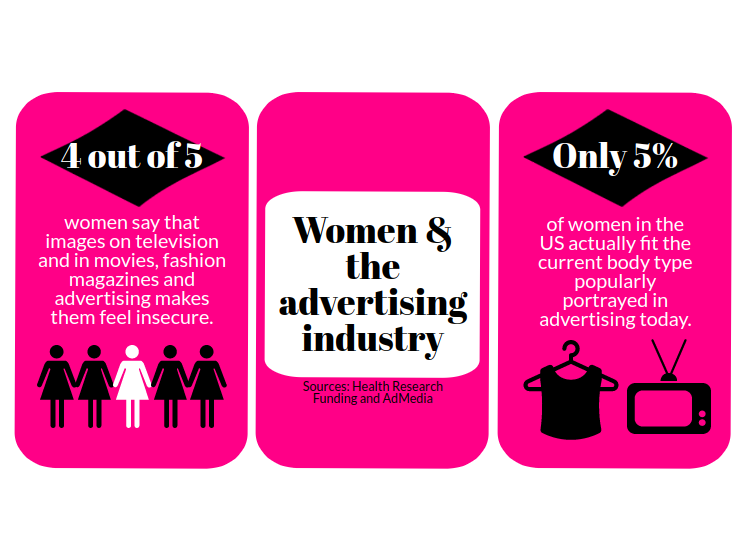‘One size fits all’ clothing is unrealistic
December 12, 2017
One of my favorite clothing stores is Brandy Melville, a popular Italian brand known for its basic tees, loose sweaters and cute summer dresses. A telltale sign that a new customer has entered the store is when a voice exclaims in disbelief: “The tag says one size?”
Despite Brandy Melville storefronts being relatively new and rare in the U.S., the company has garnered a disproportionate amount of popularity among teens and young women nationwide. Since then, other well-known brands such as Urban Outfitters and American Eagle have started their own one-size clothing lines in an attempt to follow this trend.
In some ways, one-size clothing can make shopping easier when you don’t have to hunt the racks for the right size or hope the store has it in stock. While I love Brandy Melville’s casual style, it’s frustrating when an item just doesn’t fit well and there are no alternatives. Although producing only one size may be cheaper for brands and theoretically more convenient for customers, the problem with “one size fits all” clothing is that one size doesn’t fit all—or even most—women.
When manufacturers only make one size, they fail to consider the reality that women come in all different heights, weights and body types. While Brandy Melville models are always tall and slim, the average American woman is actually between a dress size 16 and 18, according to a 2016 study by the International Journal of Fashion Design, Technology and Education. Brands with a restrictive one-size policy exclude the majority of women from buying their clothes, whether or not this is their intention.
Beauty magazines and ubiquitous clothing ads have almost always featured thin models. This standard of beauty that the fashion industry perpetuates is even further reinforced by the rise of one-size clothing, which sends the harmful message to women that there is a universal size they must fit into to be considered “normal.”
These unrealistic expectations can create self esteem and body image issues. Women who don’t match this supposed ideal body type may become insecure and feel pressured to lose weight to fit into clothes. Women tend to blame themselves for not fitting into clothes, rather than realizing that the fit simply might not work for every body type, a 2010 study by the Family and Consumer Sciences Research Journal reported.
Women shouldn’t have to change themselves to fit into clothes. Clothes should be designed to fit them. “One size fits all” clothing maintains the notion that all women should be the same size. The fashion industry needs to promote body positivity and be more inclusive by creating clothes that fit and flatter women of all body types.










